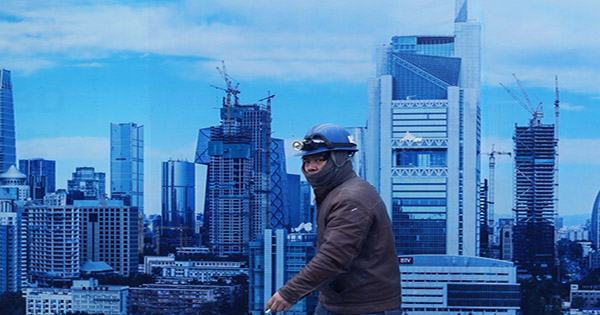Chinese migrant workers rest at a gas station after riding a motorcycle on January 25, 2019 in Zhaoxing, Guangdong Province, China. Wang He | Image News at the Gate | Fake pictures, BEIJING – After years of trying to make it bigger in cities, Chinese migrant workers are returning home.
An aging population, high cost of living and new businesses like live e-commerce are helping to push the crowds back to the big cities that have defined China’s economic expansion in recent decades. Official data shows that millions of Chinese have not returned to work in urban areas since the coronavirus epidemic last year. At the end of March, the Office for Statistics said there were still 2.46 million migrant workers less than in the same period in 2012. “Rural-urban migration has already slowed down before Covid, and it first declined in 2020,” said Dan Wang, chief economist at Hang Seng China in Shanghai.
“Reverse immigration will accelerate in the coming years, because [workers] can’t afford to provide housing in the city and they don’t have access to city healthcare,” Wang said. A big reason he mentions is that aging: the proportion of migrant workers in recent years is over 50 over 12 years 26 years. Data already shows that more migrant workers in the same province are staying closer to home rather than traveling to China’s largest cities, such as Beijing or Shanghai.
Government policy has also contributed to this trend. In recent decades, when the state has relinquished its dominance over the economy, millions of Chinese have sought jobs in major cities such as Beijing and Shenzhen. Local governments built subways and other urban infrastructure to support growth
Yet many immigrants have faced tough working conditions in recent times as factory workers or as couriers to China’s e-commerce giants. A strict housing system known as “haku” is a barrier to preventing immigrants from accessing public health care and school or buying property in their work city. The influx of people contributed to the depletion of local resources, prompting the authorities to evict the migrants. Smaller towns like Xi’an have tried to attract highly skilled or educated workers by providing facilities like residential status.














